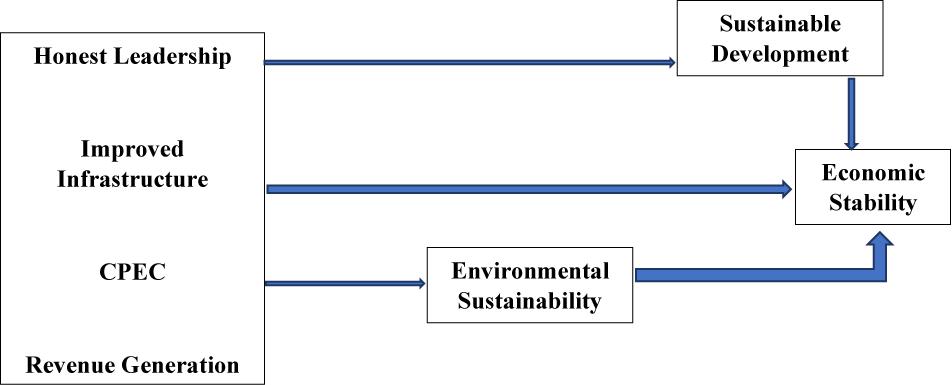
Navigating Stability: Key Economic Indicators for Robust Growth

Understanding Stable Economic Indicators for Robust Growth
In the complex web of economic dynamics, stable indicators play a pivotal role in forecasting and achieving sustained growth. These indicators are essential tools for policymakers, businesses, and investors alike, offering insights into the overall health and direction of an economy.
Gauging Stability through Employment Rates
One of the primary indicators of economic stability is the employment rate. A low unemployment rate signifies a thriving job market and often correlates with a buoyant economy. Conversely, a high unemployment rate may indicate economic challenges. Governments and businesses closely monitor these rates to formulate strategies that foster job creation and stability.
Examining Inflation as a Measure of Economic Health
Inflation, the rate at which the general level of prices for goods and services rises, is a critical economic indicator. While moderate inflation is a natural part of a growing economy, excessive inflation can erode purchasing power and disrupt economic equilibrium. Central banks carefully manage inflation rates to ensure stability and sustainable economic growth.
Balancing the Budget for Fiscal Stability
Government fiscal policies heavily influence economic stability. Maintaining a balanced budget is crucial for sustainable growth. Prudent spending, responsible taxation, and strategic debt management contribute to a stable economic environment. Budgetary discipline ensures that resources are allocated efficiently and that the government can respond effectively to economic challenges.
Trade Balances and Their Impact on Economic Stability
The balance of trade, representing the difference between a country’s exports and imports, is a key economic indicator. A positive trade balance contributes to economic stability by fostering economic growth and job creation. Conversely, persistent trade deficits can pose challenges, necessitating adjustments in trade policies to promote a more balanced economic environment.
Interest Rates: Controlling the Pulse of Economic Stability
Central banks utilize interest rates as a tool to control inflation and influence economic activity. The cost of borrowing, determined by interest rates, directly impacts consumer spending, business investments, and overall economic growth. Stable and predictable interest rates provide a foundation for businesses to plan and make informed financial decisions.
Investor Confidence and Financial Markets
The performance of financial markets and investor confidence reflects the overall health of an economy. Stable stock markets, prudent investment decisions, and transparent financial systems contribute to a positive economic environment. Governments and regulatory bodies work to create conditions that inspire confidence and attract investments, promoting long-term stability.
Technological Advancements Driving Economic Stability
In the 21st century, technology has become a vital factor in economic stability. Countries embracing digitalization, innovation, and technological advancements are better positioned for sustained growth. Investments in research and development, coupled with a supportive regulatory environment, foster an ecosystem where technology can propel economic stability.
Environmental Sustainability as a Pillar of Stability
Long-term economic stability is inseparable from environmental sustainability. Policies promoting eco-friendly practices and sustainable development contribute to resilient economies. The recognition of the impact of climate change on economic stability has led to a global shift towards green initiatives, acknowledging the interdependence of economic and environmental health.
Global Cooperation for Collective Stability
In an interconnected world, global cooperation is essential for economic stability. Collaborative efforts in areas such as trade agreements, financial regulations, and crisis management strengthen the resilience of individual economies. Building partnerships and fostering open dialogue on a global scale contribute to a more stable and secure economic landscape.
Linking Stable Economic Indicators to Long-Term Success
Understanding and responding to stable economic indicators is not just a matter of short-term gain; it lays the foundation for long-term success. Businesses, policymakers, and individuals all play a role in maintaining a stable economic environment. By staying attuned to these indicators and adapting strategies accordingly, we pave the way for robust and sustainable economic growth.
To explore more about Stable Economic Indicators, visit careerth.com.
